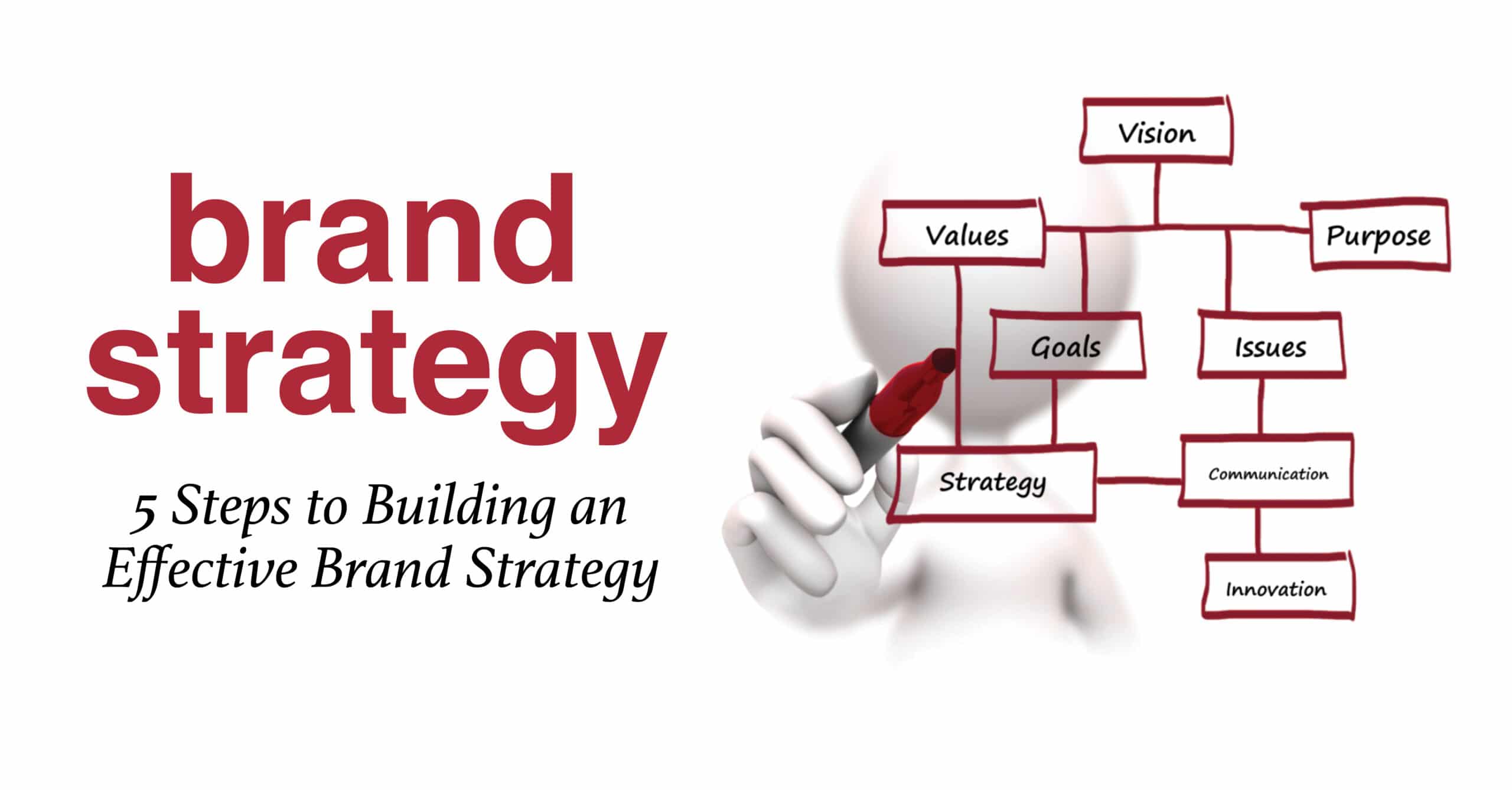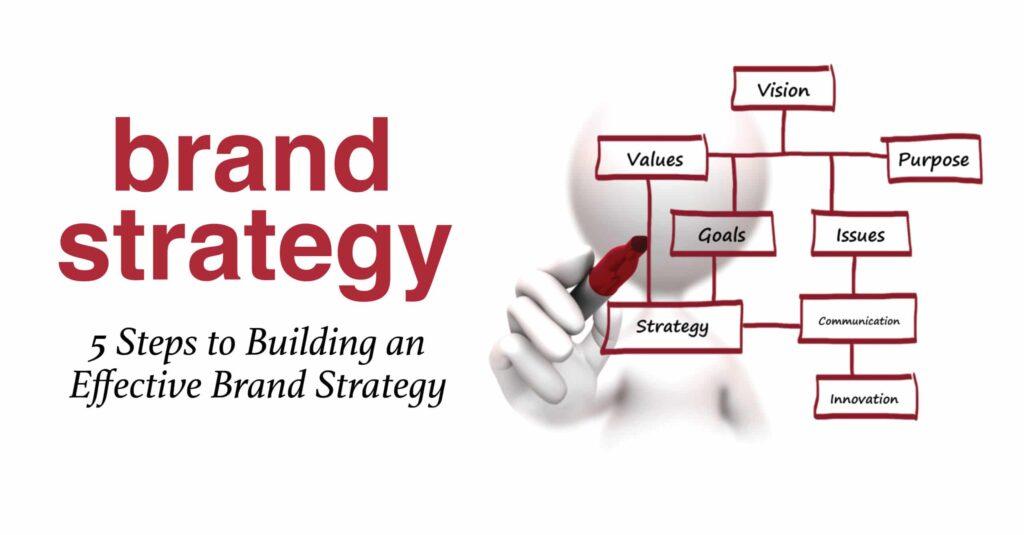Understanding keywords and how they impact your SEO strategy is essential for any business looking to improve their online visibility. At Graby, we have years of experience helping businesses of all sizes develop effective SEO strategies. Here’s a comprehensive guide to keywords for SEO.
What Are Keywords?
Keywords are the words and phrases that people use when searching for information online. They are the foundation of any SEO strategy, as they help search engines understand the content on your website and match it with relevant search queries.
Why Are Keywords Important?
Keywords are important because they help your website appear in search results when people search for information related to your business. By targeting the right keywords, you can attract more traffic to your website and improve your online visibility.
Types of Keywords
There are several types of keywords, including short-tail keywords, long-tail keywords, and geo-targeted keywords. Short-tail keywords are broad search terms that are typically one or two words long. Long-tail keywords are more specific search terms that are typically three or more words long. Geo-targeted keywords are location-specific keywords that help businesses target customers in a specific geographic area.
How to Find Keywords
There are several tools you can use to find keywords, including Google’s Keyword Planner, SEMrush, and Ahrefs. These tools can help you identify the keywords that are most relevant to your business and have the highest search volume.
Keyword Research
Keyword research is the process of identifying the keywords that are most relevant to your business and have the highest search volume. This involves analyzing search trends, competitor keywords, and user behavior to identify the best keywords for your SEO strategy.
Keyword Optimization
Keyword optimization is the process of incorporating your target keywords into your website content, meta tags, and other on-page elements. This helps search engines understand the content on your website and rank it higher in search results.
Keyword Density
Keyword density refers to the number of times your target keyword appears in your content. While it’s important to include your target keyword in your content, overusing it can be seen as spammy and can hurt your search engine rankings.
Keyword Placement
Keyword placement is the strategic placement of your target keywords in your content. This includes placing keywords in your page title, meta description, header tags, and other on-page elements.
Keyword Monitoring
Keyword monitoring is the process of tracking your keyword rankings and adjusting your SEO strategy as needed. By monitoring your keyword rankings, you can identify areas for improvement and refine your SEO strategy over time.
Choosing the Right Keywords
Choosing the right keywords is essential for any successful SEO strategy. You should target keywords that are relevant to your business, have a high search volume, and have low competition. At Graby, we can help you choose the right keywords for your business and develop an effective SEO strategy that delivers results.

Why Choose Graby?
At Graby, we understand that SEO can be complicated. Our team of experts can help you develop an effective SEO strategy that improves your online visibility and drives results. Contact us today to learn how we can help you improve your SEO strategy with keywords.












